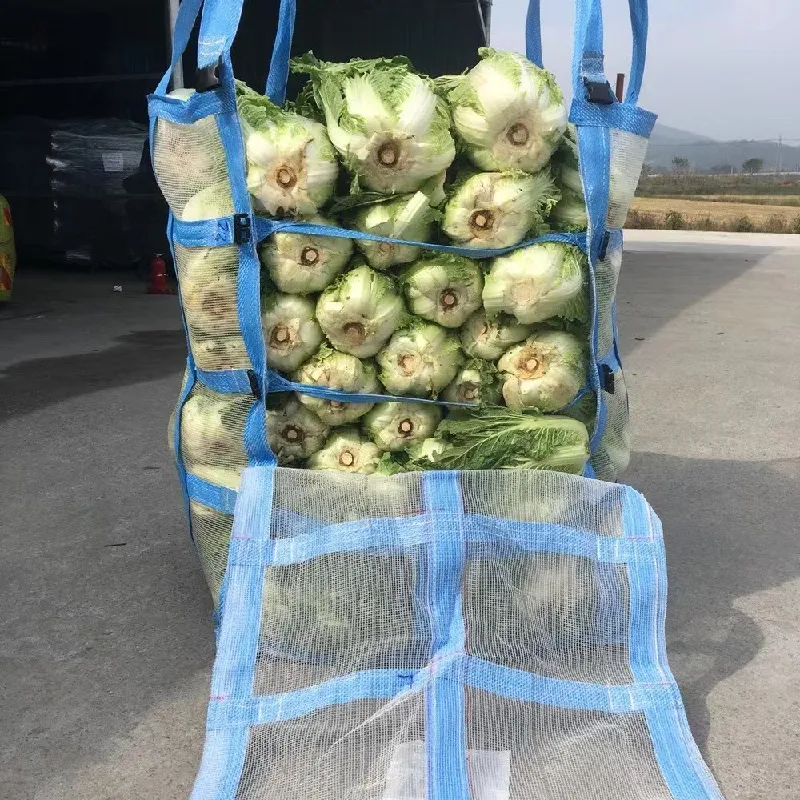-
 Afrikaans
Afrikaans -
 Albanian
Albanian -
 Amharic
Amharic -
 Arabic
Arabic -
 Armenian
Armenian -
 Azerbaijani
Azerbaijani -
 Basque
Basque -
 Belarusian
Belarusian -
 Bengali
Bengali -
 Bosnian
Bosnian -
 Bulgarian
Bulgarian -
 Catalan
Catalan -
 Cebuano
Cebuano -
 China
China -
 Corsican
Corsican -
 Croatian
Croatian -
 Czech
Czech -
 Danish
Danish -
 Dutch
Dutch -
 English
English -
 Esperanto
Esperanto -
 Estonian
Estonian -
 Finnish
Finnish -
 French
French -
 Frisian
Frisian -
 Galician
Galician -
 Georgian
Georgian -
 German
German -
 Greek
Greek -
 Gujarati
Gujarati -
 Haitian Creole
Haitian Creole -
 hausa
hausa -
 hawaiian
hawaiian -
 Hebrew
Hebrew -
 Hindi
Hindi -
 Miao
Miao -
 Hungarian
Hungarian -
 Icelandic
Icelandic -
 igbo
igbo -
 Indonesian
Indonesian -
 irish
irish -
 Italian
Italian -
 Japanese
Japanese -
 Javanese
Javanese -
 Kannada
Kannada -
 kazakh
kazakh -
 Khmer
Khmer -
 Rwandese
Rwandese -
 Korean
Korean -
 Kurdish
Kurdish -
 Kyrgyz
Kyrgyz -
 Lao
Lao -
 Latin
Latin -
 Latvian
Latvian -
 Lithuanian
Lithuanian -
 Luxembourgish
Luxembourgish -
 Macedonian
Macedonian -
 Malgashi
Malgashi -
 Malay
Malay -
 Malayalam
Malayalam -
 Maltese
Maltese -
 Maori
Maori -
 Marathi
Marathi -
 Mongolian
Mongolian -
 Myanmar
Myanmar -
 Nepali
Nepali -
 Norwegian
Norwegian -
 Norwegian
Norwegian -
 Occitan
Occitan -
 Pashto
Pashto -
 Persian
Persian -
 Polish
Polish -
 Portuguese
Portuguese -
 Punjabi
Punjabi -
 Romanian
Romanian -
 Russian
Russian -
 Samoan
Samoan -
 Scottish Gaelic
Scottish Gaelic -
 Serbian
Serbian -
 Sesotho
Sesotho -
 Shona
Shona -
 Sindhi
Sindhi -
 Sinhala
Sinhala -
 Slovak
Slovak -
 Slovenian
Slovenian -
 Somali
Somali -
 Spanish
Spanish -
 Sundanese
Sundanese -
 Swahili
Swahili -
 Swedish
Swedish -
 Tagalog
Tagalog -
 Tajik
Tajik -
 Tamil
Tamil -
 Tatar
Tatar -
 Telugu
Telugu -
 Thai
Thai -
 Turkish
Turkish -
 Turkmen
Turkmen -
 Ukrainian
Ukrainian -
 Urdu
Urdu -
 Uighur
Uighur -
 Uzbek
Uzbek -
 Vietnamese
Vietnamese -
 Welsh
Welsh -
 Bantu
Bantu -
 Yiddish
Yiddish -
 Yoruba
Yoruba -
 Zulu
Zulu
steel mesh netting
The Versatility and Benefits of Steel Mesh Netting
Steel mesh netting has emerged as a vital component in various industries due to its strength, durability, and versatility. As a robust material, it is often utilized in construction, agriculture, and even in the production of modern art. This article explores the diverse applications of steel mesh netting, its benefits, and why it has become an essential resource in many fields.
Introduction to Steel Mesh Netting
Steel mesh netting is constructed from interconnected steel wires, resulting in a grid-like pattern. The wires are usually coated with protective materials, such as zinc, to enhance their resistance to corrosion and rust. Available in various sizes, gauges, and mesh openings, steel mesh netting can be customized to suit diverse applications, making it an adaptable choice for numerous projects.
Applications in Construction
In the construction industry, steel mesh netting plays a crucial role as both a structural component and safety measure. It is commonly used as reinforcement in concrete, providing additional strength and load-bearing capabilities. Engineers often incorporate it into roads, bridges, and buildings to ensure structural integrity.
Moreover, in construction sites, steel mesh netting is vital for safety. It is frequently used as perimeter fencing or scaffolding protection to prevent accidents, falling debris, and unauthorized access. Its robust nature ensures that workers and the public remain safe while construction activities are underway.
Agricultural Uses
One of the significant advantages of steel mesh netting is its effectiveness in agriculture. Farmers often use it to create protective barriers for crops, shielding them from pests and harsh weather conditions. The netting allows for adequate sunlight and rain to reach the plants while creating an obstacle for animals that might otherwise damage the crops.
steel mesh netting

Additionally, steel mesh netting is utilized in fencing to keep livestock contained and secure. Its durability ensures that the enclosures withstand the elements and the wear and tear caused by animals. In aquaculture, steel mesh is used to construct fish habitats and cages, providing a safe environment for aquatic life while allowing for proper water flow.
Environmental Benefits
Using steel mesh netting can also support environmental sustainability. Its durable nature means it can last for many years, reducing the need for frequent replacements that contribute to waste. Moreover, as a recyclable material, steel mesh netting can be repurposed at the end of its life cycle, minimizing its ecological footprint.
Modern Arts and Crafts
In the world of arts and crafts, steel mesh netting has found a niche as a medium for creative expression. Artists utilize it to create intricate sculptures, installations, and functional art pieces. Its unique texture and strength allow for innovative designs while providing structural support.
Conclusion
The versatility of steel mesh netting is undeniable. Its applications span various sectors, significantly impacting construction, agriculture, safety, and even the arts. Whether reinforcing concrete structures, creating protective barriers for crops, or adding a modern touch to art, steel mesh netting offers unparalleled benefits that cater to the evolving needs of industries.
In conclusion, as technology advances and the demand for durable materials grows, the importance of steel mesh netting will continue to rise. Its strength, adaptability, and environmental benefits make it a crucial resource that contributes to both efficiency and safety across multiple domains. As we witness ongoing innovations, the future of steel mesh netting looks promising, solidifying its place as a staple in modern practices.
-
Shipping Plastic Bags for Every NeedNewsJul.24,2025
-
Safety Netting: Your Shield in ConstructionNewsJul.24,2025
-
Plastic Mesh Netting for Everyday UseNewsJul.24,2025
-
Nylon Netting for Every UseNewsJul.24,2025
-
Mesh Breeder Box for Fish TanksNewsJul.24,2025
-
Expanded Steel Mesh Offers Durable VersatilityNewsJul.24,2025











